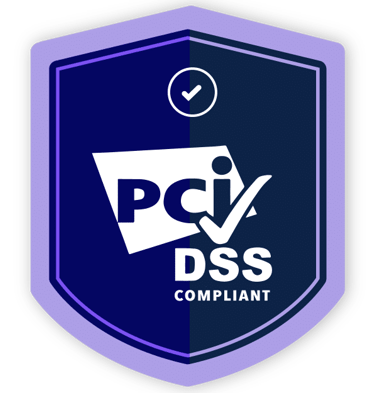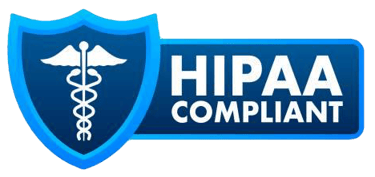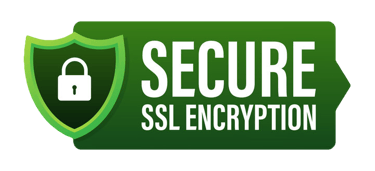Emergency Preparedness Plan Requirements for Home Health Agencies
How HHAs Can Stay Compliant, Protect Patients, and Prepare for the Unexpected


Natural disasters, pandemics, power outages, active shooter events, and cyberattacks — emergencies can strike at any time. For Home Health Agencies (HHAs), which care for medically fragile and homebound individuals, having a robust Emergency Preparedness Plan (EPP) isn’t just best practice — it’s a Medicare Condition of Participation (CoP).
The Centers for Medicare & Medicaid Services (CMS) mandates all certified HHAs to have a comprehensive emergency preparedness program that ensures patient safety, operational continuity, and effective communication before, during, and after an emergency.
In this article, we outline the CMS Emergency Preparedness Rule, essential components of a compliant plan, survey readiness tips, and best practices for implementation.
Why Emergency Preparedness Matters in Home Health
Unlike hospitals or skilled nursing facilities, HHAs deliver care in uncontrolled, dispersed environments — individual homes — where communication and logistical challenges are amplified during emergencies.
Patients receiving home health care are often:
• Medically dependent on oxygen, ventilators, or medication infusions
• Mobility impaired or cognitively limited
• Lacking immediate access to transportation or nearby medical services
In these cases, emergency preparedness is life-saving — not just regulatory.
CMS Emergency Preparedness Rule Overview
(42 CFR § 484.102)
Effective November 2017, CMS requires all Medicare- and Medicaid-participating HHAs to develop an Emergency Preparedness Program (EPP) consisting of four core elements:
1. Risk Assessment and Emergency Planning
Agencies must conduct an all-hazards risk assessment to identify and plan for:
• Natural disasters (wildfires, earthquakes, floods)
• Infectious disease outbreaks (e.g., COVID-19, flu)
• Man-made emergencies (power failure, civil unrest, active shooter)
• Local hazards based on geography and patient population
The resulting Emergency Operations Plan (EOP) must include:
• Continuity of operations
• Evacuation and shelter-in-place procedures
• Access to emergency medical supplies
• Triage and prioritization protocols
2. Policies and Procedures
Agencies must develop written policies and procedures that support the emergency plan, including:
• Patient communication protocols
• How the agency will track patient locations during evacuations
• Procedures for safeguarding medical records and PHI
• Staff assignments and responsibilities during emergencies
• Plan for continuity of essential services
These policies must be reviewed and updated at least annually.
3. Communication Plan
A compliant emergency plan must include a reliable system for:
• Contacting patients and caregivers during a disaster
• Coordinating with emergency management agencies, public health departments, hospitals, and utilities
• Sharing critical information with staff, contractors, physicians, and suppliers
• Ensuring HIPAA compliance while maintaining critical communication
Many agencies use call trees, automated alert systems, or mobile apps to meet this requirement.
4. Training and Testing
All HHA staff must be:
• Trained on the emergency plan initially and annually thereafter
• Aware of their roles and responsibilities
• Included in annual testing exercises, which must consist of:
• One full-scale community-based exercise, or table-top if not available
• One additional exercise (tabletop, workshop, or mock drill)
Records of these drills, attendance, and lessons learned must be documented for survey readiness.
Additional HHA-Specific Emergency Requirements
CMS also requires HHAs to:
Develop patient-specific emergency preparedness plans based on individual needs
Document efforts to educate patients and families about their role during emergencies
Provide staff with emergency contact lists, resource directories, and access to backup systems
Common Survey Deficiencies in Emergency Preparedness
During CMS or state surveys, many HHAs are cited for:
• Failing to conduct annual hazard vulnerability assessments (HVA)
• Outdated or incomplete communication plans
• Lack of evidence of training or testing drills
• Missing patient-specific emergency instructions in the clinical record
• Incomplete or missing documentation of policy reviews
Best Practices for Emergency Preparedness in Home Health
To stay compliant and protect your patients and staff:
✅ Assign an Emergency Preparedness Coordinator
✅ Use a customized HVA tool based on your agency’s location and services
✅ Implement cloud-based patient tracking systems for rapid evacuation
✅ Partner with local emergency management agencies (LEMA) for training and resources
✅ Create easy-to-follow emergency preparedness packets for patients
✅ Regularly test backup communications, power supplies, and supply chains
What Happens If You’re Not Compliant?
CMS treats emergency preparedness deficiencies seriously. Consequences include:
• Condition-level citations
• Plan of Correction (POC) requirements
• Suspension of payments or termination of certification
• Risk of civil liability in the event of preventable harm during a disaster
Final Thoughts
The reality is clear: in home health care, preparedness saves lives. Every Home Health Agency must build and maintain an Emergency Preparedness Plan that meets CMS guidelines and is tailored to their patient population, geographical risks, and operational structure.
By focusing on planning, communication, training, and continuous improvement, HHAs can stay ready for anything — from hurricanes to public health crises.







